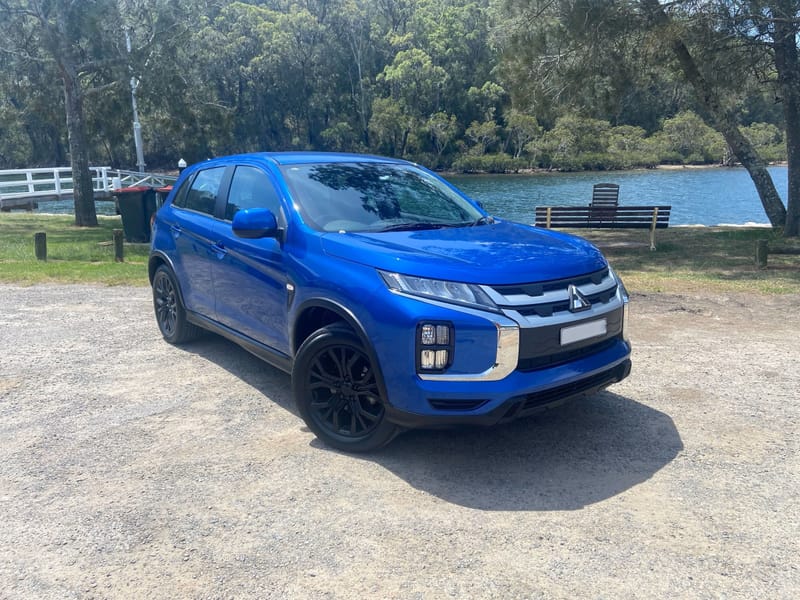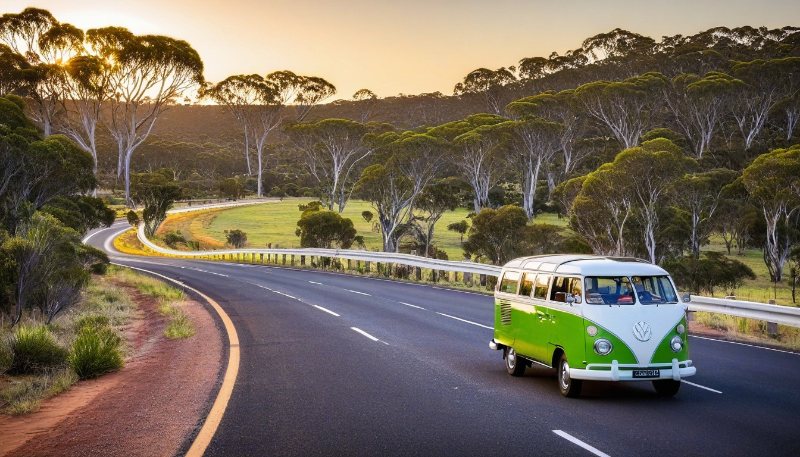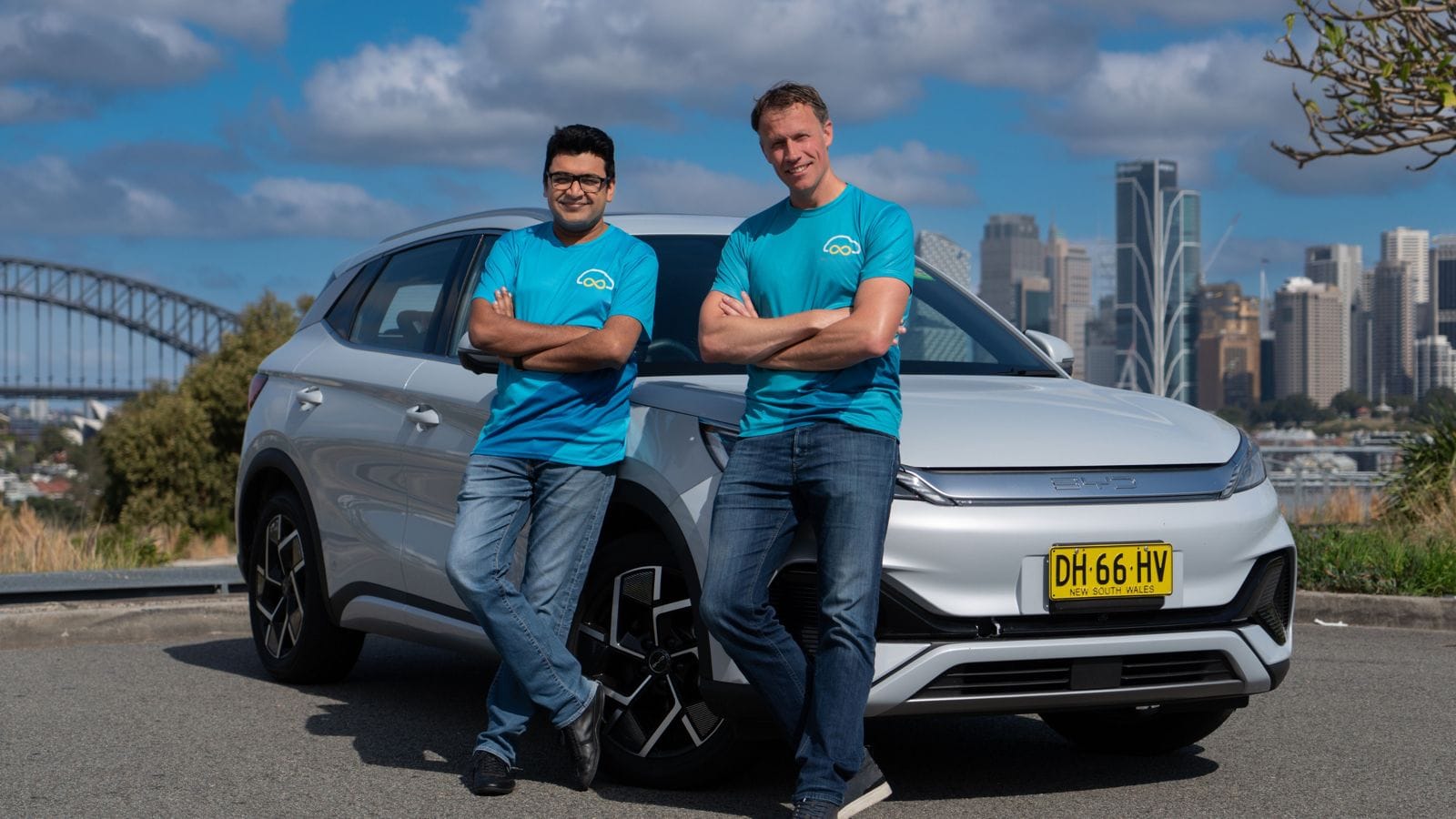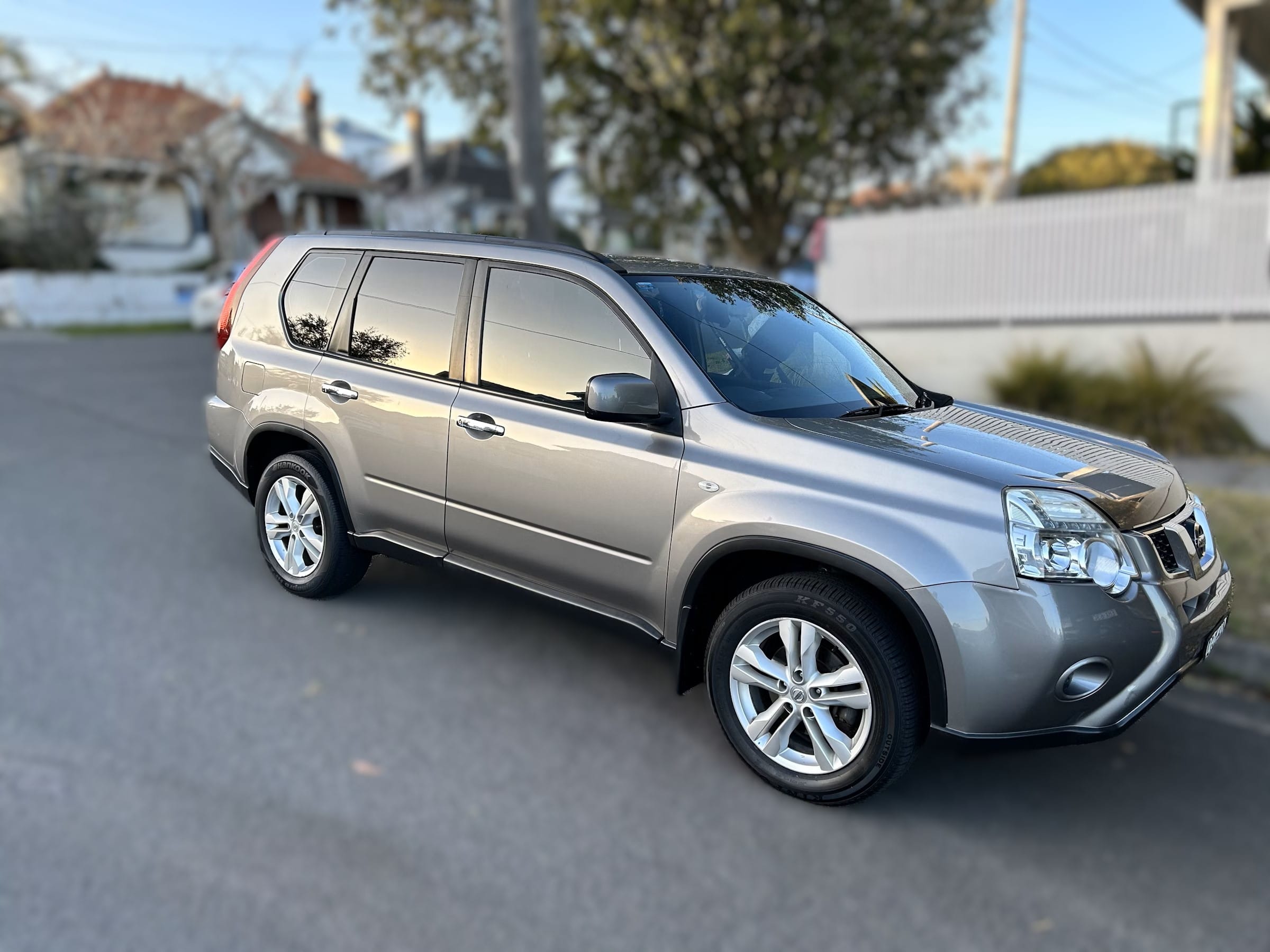Owning a car is often a necessity in Australia, especially for those living outside the city centers where public transportation can be limited. However, the costs of maintaining a vehicle can quickly add up. From fuel and insurance to maintenance and registration, car ownership can feel like a financial burden. But what if there were simple ways to cut down on those expenses?
In this blog, we’ll look at seven practical ways to save money on your car costs and explore how platforms like Drive mate allow you to rent out your car and earn extra income. Whether you're a long-time Australian resident or have recently moved to the country, these tips are tailored to help you reduce the cost of owning a vehicle while contributing to a more sustainable future.

1. Understand the True Cost of Car Ownership
The first step to saving money on your car costs is understanding what you’re spending. On average, owning a car in Australia can cost anywhere from $100 to $400 per week. These costs include maintenance, fuel, insurance, registration, and depreciation, with larger expenses like car loans adding significantly to the overall burden.
Being aware of where your money is going can help you prioritize where to cut back. For example, fuel and maintenance are two areas where simple changes can have a big impact, which we’ll explore next.
2. Save on Fuel with Simple Adjustments
Fuel is one of the largest ongoing costs of car ownership. Fortunately, you can easily reduce your fuel consumption with a few small adjustments.
- Maintain recommended tire pressure: Keeping your tires properly inflated can increase your fuel mileage by up to 3%.
- Reduce weight in your car: Carrying unnecessary weight increases fuel consumption.
- Choose the right fuel: Unless your vehicle specifically requires premium fuel, using regular unleaded can save you money at the pump.
By making these changes, you can cut back on fuel expenses and reduce your environmental footprint, all while extending the life of your vehicle.
3. Consider Buying an Older Car
New cars depreciate quickly, losing around 20% of their value in the first year and about 10% each year after. If you're in the market for a vehicle, consider purchasing a well-maintained, older car. Not only will the upfront cost be lower, but the depreciation won’t hit your wallet as hard.
Additionally, older cars are generally cheaper to insure, especially if they haven’t been heavily modified. If your priority is saving money, opting for a used car could be the smarter financial decision.
4. Perform Basic Maintenance Yourself
Regular maintenance is essential to keep your car running smoothly, but you can avoid costly mechanic fees by handling some of the basics yourself. By performing simple maintenance tasks at home, you’ll avoid the high labor costs charged by professional mechanics and extend the lifespan of your vehicle.
5. Save on Parking and Registration Costs

In some cities, parking can be a significant expense. If you’re paying for a parking permit that you don’t use often, consider canceling it to save money. Instead, look for cheaper parking options such as street parking or parking apps that allow you to find and book discounted parking spaces.
Similarly, review your registration fees to ensure you’re not paying for any add-ons you don’t need. Some drivers pay for options like towing assistance or other extras that may not be necessary.
6. Rent Out Your Car and Earn Extra Income
One of the most innovative ways to offset the cost of owning a car is to rent it out when you’re not using it. With Drive mate, you can share your vehicle with others in your community safely and securely while earning extra money.
The process is simple:
List your car on the Drive mate platform.
Set your availability: Rent out your car when it suits you. Whether you’re at work, traveling, or simply don’t need your car for the day, you can make it available to others.
Earn money: Renting out your car through Drive mate can bring in additional income, which can help cover your car’s ongoing costs like insurance, maintenance, and fuel.
With Drive mate, you don’t have to worry about safety. All drivers are verified, and cars are insured, so you can rent out your vehicle with peace of mind. Car sharing in Australia isn’t just a way to earn extra cash—it’s also a great way to contribute to a more sustainable future by reducing the number of cars on the road.
Conclusion

Owning a car in Australia can be expensive, but with these simple strategies, you can significantly reduce your costs. Whether it's making adjustments to your fuel consumption, choosing the right insurance deal, or even renting out your car through Drive mate, there are plenty of ways to keep your expenses in check. Not only do these tips help you save money, but they also contribute to the greater good. Car sharing in Australia promotes sustainability, reduces traffic congestion, and helps car owners like you make the most of their vehicle investment.
By taking advantage of car sharing platforms like Drive mate, you can keep your car ownership costs low and enjoy the benefits of extra income—all while helping the environment.
Also read:
Own the Road, Not the Car: Drive mate Flex Plus: Freedom Redefined
10 Easy DIY Car Maintenance Tips to Keep Your Vehicle Running Smoothly
The Ultimate Guide to Understanding Car Ownership Costs in Australia in 2024


